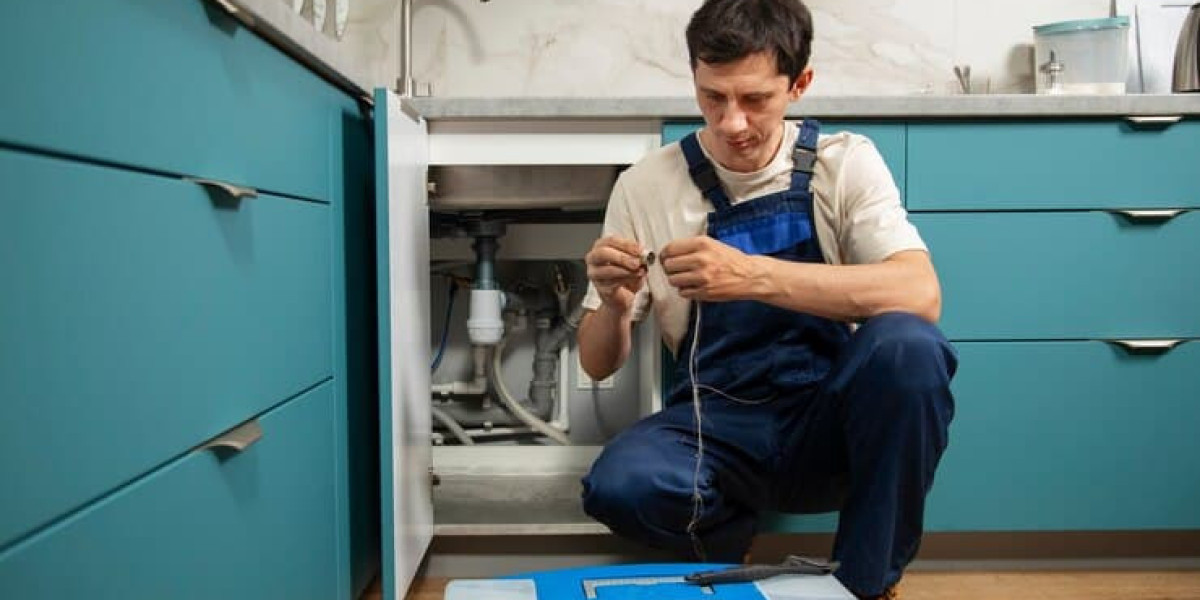Water leaks can happen when you least expect them, often leading to significant damage and costly repairs. When faced with an emergency water leak, knowing how to respond quickly and effectively can mitigate damage and reduce repair costs. This article will guide you through the steps to take during a water leak emergency, common causes of leaks, prevention tips, and frequently asked questions.
Recognizing the Signs of a Water Leak
Before diving into emergency procedures, it’s essential to recognize the signs of a water leak:
Unexplained Water Puddles: If you notice puddles or damp spots on your floors or ceilings, this could indicate a hidden leak.
Increased Water Bills: A sudden spike in your water bill, without a corresponding increase in usage, can be a telltale sign of a leak.
Water Stains: Yellow or brown stains on walls or ceilings can indicate ongoing water damage from a leak.
Mold Growth: Mold thrives in damp environments. If you notice mold growth, especially in hidden areas like behind walls, a leak may be the culprit.
Sound of Running Water: If you hear water running when no fixtures are in use, this could signal a leak somewhere in the system.
Immediate Steps to Take During a Water Leak Emergency
1. Shut Off the Water Supply
The first step in addressing a water leak is to shut off the main water supply to your home. This will help minimize the amount of water that escapes and causes damage. The main shut-off valve is typically located near your water meter. Here’s how to locate and operate it:
Locate the Valve: Check your basement, crawl space, or outside near the foundation of your home.
Turn Off the Valve: Depending on the type of valve, you may need to turn it clockwise to shut it off. Some valves may require a wrench.
2. Drain the System
After shutting off the water supply, open the faucets throughout your home to drain any remaining water in the pipes. This will help relieve pressure and prevent additional leaks from forming.
3. Assess the Situation
Once the water is turned off and the system is drained, take a moment to assess the situation. Determine the source of the leak if possible:
Check for Visible Leaks: Inspect visible pipes under sinks, in basements, or behind appliances.
Look for Damage: Assess any damage caused by the leak, such as water-stained walls, ceilings, or flooring.
4. Document the Damage
Before making any repairs, document the damage for insurance purposes. Take photos of affected areas, including any visible leaks and water damage. This documentation can be valuable when filing an insurance claim.
5. Remove Standing Water
If there is standing water due to the leak, it’s crucial to remove it as quickly as possible to prevent further damage and mold growth. Use a wet/dry vacuum or mop up smaller amounts of water. If the water is significant, consider renting a pump.
6. Call a Professional Plumber
After taking initial steps to contain the leak, it’s time to call a professional plumber. While some minor leaks can be addressed with DIY methods, it’s best to consult an expert for significant issues or if you’re unsure of the cause.
Common Causes of Water Leaks
Understanding the causes of water leaks can help you prevent future emergencies. Here are some common culprits:
1. Aging Pipes
Over time, pipes can corrode, weaken, and develop leaks. Homes with older plumbing systems are particularly susceptible.
2. High Water Pressure
Excessively high water pressure can strain pipes and fittings, leading to leaks. If your home’s water pressure is consistently above 60 psi, it may need to be regulated.
3. Poor Installation
Improper installation of plumbing fixtures or appliances can result in leaks. Always hire licensed professionals for installations to ensure they are done correctly.
4. Clogged Drains
Clogs can cause water to back up and create pressure on pipes, leading to leaks. Regular drain maintenance is essential to prevent this.
5. Temperature Fluctuations
Extreme temperature changes can cause pipes to expand and contract, potentially leading to cracks and leaks.
6. Tree Roots
Roots from nearby trees can invade sewer lines in search of moisture, causing blockages and leaks. This is especially common in older neighborhoods with mature trees.
Prevention Tips for Future Leaks
Taking proactive measures can help prevent future water leak emergencies:
1. Regular Inspections
Schedule regular plumbing inspections to identify potential issues before they become major problems. This can include checking for leaks, corrosion, and the overall condition of your plumbing system.
2. Monitor Water Pressure
Consider installing a water pressure gauge to monitor the pressure in your plumbing system. If it’s consistently high, consult a plumber to adjust it.
3. Insulate Pipes
Insulating pipes can help protect them from temperature fluctuations that may cause cracking and leaks, especially in colder climates.
4. Clear Drains Regularly
Regularly clean your drains to prevent clogs. This can include using a mixture of baking soda and vinegar or a commercial drain cleaner.
5. Be Cautious with Landscaping
If you have trees near your home, consider their root systems when planting or landscaping. Roots can cause significant damage to sewer lines.
6. Install a Water Leak Detection System
Consider installing a water leak detection system that alerts you to leaks early. These systems can be connected to your home’s plumbing and send notifications to your smartphone.
Frequently Asked Questions (FAQs)
Q: How can I tell if I have a water leak?
A: Look for signs such as unexplained water puddles, increased water bills, mold growth, and water stains on walls or ceilings.
Q: What should I do if I can’t find the source of the leak?
A: If the source of the leak isn’t apparent, it’s best to call a professional plumber who can use specialized tools to locate hidden leaks.
Q: Are there any temporary fixes for minor leaks?
A: For small leaks, you can use waterproof tape or a pipe repair clamp as a temporary fix until a professional can assess the situation.
Q: How can I prevent water leaks in the future?
A: Regular inspections, monitoring water pressure, and maintaining clear drains are effective strategies for preventing future leaks.
Q: What do I do if the leak is coming from a ceiling or wall?
A: If the leak is coming from a ceiling or wall, shut off the water supply immediately, remove any belongings from the affected area, and call a plumber.
Q: Will homeowners insurance cover water leak repairs?
A: Coverage can vary by policy. Review your homeowners insurance policy and contact your insurance provider to understand what is covered.
Q: How can I find a reputable plumber?
A: Look for licensed and insured plumbers with good reviews. Asking for recommendations from friends or family can also help you find a trustworthy professional.
Conclusion
Experiencing a water leak repair services can be stressful and damaging, but knowing how to respond effectively can mitigate the impact on your home. By shutting off the water supply, documenting damage, and calling a professional, you can manage the situation and prevent further complications.







